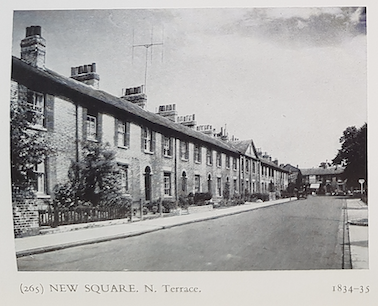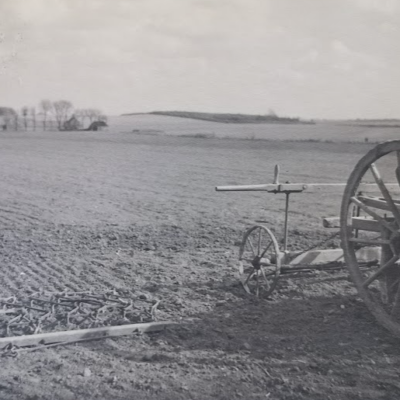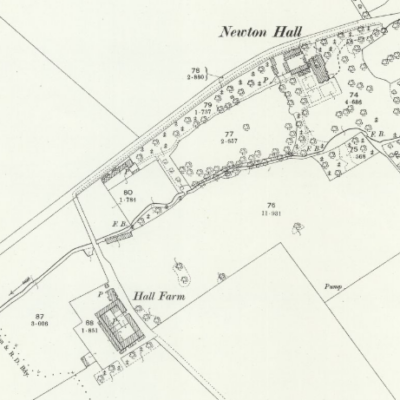Search by topic
- archaeology
- Building of Local Interest
- charity
- church
- crime
- dressmaker
- fire
- Great Eastern Railway
- Listed building
- Mapping Relief
- medieval
- oral history
- poverty
- Public House
- Rattee & Kett
- Religious House
- Roman
- scholar
- school
- Then and Now
- tudor
- women
- work
- world war one
- world war two
Search by text
56 & 58 Town Street, Old Vicarage, Newton
History of 56 & 58 Town Street
Listed building:
House, formerly the vicarage, with C17 origins.
About Newton – Town Street, Jessie Hall, 1987, contains a very useful summary of the history of the metalwork school here based on the notes, probably written by Miss Cranfield, the school teacher, 1935, which I will quote from.
One of the most interesting and progressive village industries in this country is the Nw School of Metalwork. This school has behind it a very interesting history of effort and enthusiasm on the part of its promoters, and the general character of the work produced is so high that the school may justly be regarded as one of the important centres of first-class metal-work in this country.
About 59 years ago, Mr William Hurrell of Newton Manor started an evening class for the men and lads of the village, which now has a population of 197. This class was held in the Old Vicarage coach house and stables during the winter months; the subjects taught were reading, writing and arithmetic and a little singing which was accompanied by one of the local men who played on a concertina.
Harold Hurrell had finished his education at Eton and Trinity and then went to the Arts and Crafts School in London to learn crafts which he then taught in Newton. Later a drawing master came to the school to give designing lessons and since 1902 evening classes were held under Cambridge County Council regulations.
Examples of the work of the school are:
Coat of Arms over the entrance to the Territorial Drill Hall, Cambridge; this was the largest ever commission by the school
Sign at the Green Man in Grantchester
Fleur de Lys at Chesterton
War Memorial Tablets in Newton Church, Fowlmere Church and two at Borough Bridge, Yorks.
The school also carried out a lot of ecclesiastical commissions. A copper lamp was put up at Newton Cross Roads as a memorial to Mr Hurrell.
Contribute
Do you have any information about the people or places in this article? If so, then please let us know using the Contact page or by emailing capturingcambridge@
License
This work is licensed under CC BY-NC-SA 4.0








